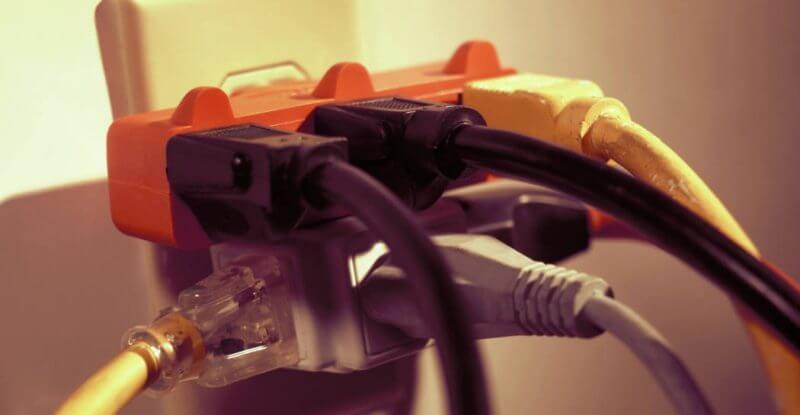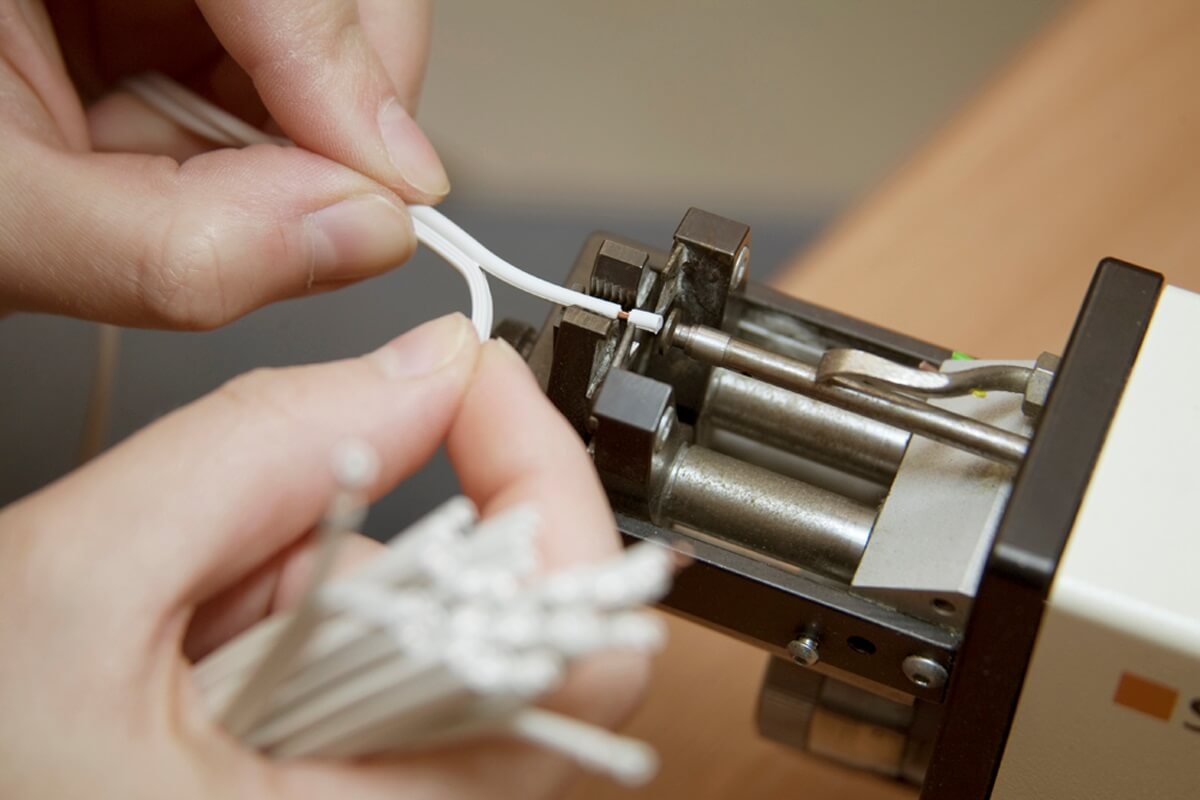Technicians
Nowadays, any home has an electrical installation that allows us to carry out our daily tasks. However, and although many do not pay enough attention, it is essential to check the domestic electrical installation to avoid possible incidents or setbacks. In this post we will deal with the revision of the interior electrical installation, for this it is important to make a brief explanation of the basic components. To set up an electrical installation in virtual view, a CAD software is required and to get a lot of related information, clicking on
http://www.ige-xao.com/en/software-editor-electrical-plm-cad-and-simulation/electrical-design-software
is recommended.
Parts of a domestic electrical installation
The electrical installation of the house has two parts:
Connection installation: is the electrical installation from the public distribution network of the electricity company to the subscriber’s home.
Interior installation: is the interior electrical installation of the house, is composed of different independent circuits such as light points and power outlets.
How to check the electrical installation?
The first element to check the electrical installation and that we find in all the electrical installations of the subscriber is the general control and protection board.
It houses the following elements of command and protection:
Power control switch: Is a magneto-thermal switch whose mission is to protect against overloads or short circuits the interior installation of the whole house. The General Automatic Switch cuts off the power automatically when a large increase in circulating current is detected. The switch also allows its activation manually, in case of repairs, prolonged absences, etc.
Differential switch:This is a switch for protecting the users of the installation against possible accidental contacts with metallic electrical equipment charged with voltage, due to a current leak in the installation.
Magneto-thermal automatic switch: Its function is to protect each of the independent circuits of the interior installation of the house, in case of possible faults in the installation:
Overloads: an excess of electrical consumption in a house can cause that the intensity of circulating current becomes greater than the maximum current intensity that the conductors of the independent circuit support
Short-circuits: over-currents caused by accidental direct contact between phase and neutral (due to deterioration in the insulators of the cables, presence of water, etc.).
A magneto-thermal switch offers a double protection:
Thermal protection: bimetallic sheet that deforms when overloaded. The deformation of the sheet acts on the switch contact and disconnects the circuit
Magnetic protection: it is based on a coil that, when traversed by a short circuit current, attracts a metal part that produces the opening of the contacts of the circuit breaker, disconnecting the circuit. It should be installed per independent circuit of the house, which will individually protect the independent circuit connected to it.
Grounding
The grounding consists of a green-yellow cable parallel to the electrical installation of the building, terminated by an electrode buried in the ground. All the electrical devices (metal parts) of the dwellings and the building itself are connected to this ground conductor. Its mission is to derive any leakage of current from an electrical device to ground, thus preventing serious electrical accidents by contacting the users with said devices.
Independent circuits of the house
The independent circuits of the house are the set of electrical circuits that configure the interior electrical installation of the house, and that feed the different installed receivers (light points and power outlets).
In homes, the most common are 5 independent circuits:
C1 circuit destined to feed all the points of light of the house.
C2 circuit designed to power outlets for general use and the refrigerator.
C3 circuit designed to feed electrical and oven power outlets.
C4 Circuit of the sockets of the washing machine, dishwasher and heater (electric water heater).
C5 Circuit of the outlets of the bathrooms, and auxiliary kitchen intakes.
Check the electrical installation of our house is very important. We often assume that if we have “light” voltage, the plugs work properly and we do not have any problem, but we must be careful because as the gas is periodically checked it is necessary to check our electrical installation every so often.
The standard states that it should be reviewed every ten years, but it is good that we know a series of tips to be able to do it from time to time, taking into account the possibility of notifying an expert if we find something that does not go well without having to wait ten years. It’s simple, it will not take us any time and we will gain in security. First we must review the electrical panel discussed above. To see if it works correctly the differential switch has a test button (test T) that we can press from time to time. Pressing this button interrupts the power and we stop having electricity in our house. If this does not happen we should change the switch. This test must be carried out with all the connected magneto-thermal, that is, with voltage in the installation.
The next thing to do is inspect the plugs and switches. If we see that some plug or switch is a little separated from the wall, deteriorated or sizzles when we connect it the best thing is to change it, also with the caps of the lamps. It is the perfect time to change the plugs that we have for others with grounding that provide us with greater security.
If we periodically review all these elements it is likely that we never have any problem with the electrical installation. However, the check must be done safely so we must use isolated tools and once the fault is located, disconnect the main switch from the electrical panel to proceed with safety in the repair of the fault. Undoubtedly before the possibility of being in front of a fault that we do not understand or that surpasses the basic knowledge that arises here it is necessary to call a technician so that it proceeds to correct it.
What about electrical industrial installations?
In the first place, it is important to clarify that the maintenance of electrical industrial installations is part of a more global process, which is that of industrial maintenance itself. The industrial maintenance is defined as a generic process consisting of a set of actions aimed at the preservation of machinery, equipment and facilities in order that they continue to serve in optimal conditions for the service that have been acquired, avoiding or minimizing its failures during its useful life and increasing its efficiency. To know how to create an electrical industrial installations, you can click on
http://www.ige-xao.com/en/software-editor-electrical-plm-cad-and-simulation/electrical-cad-software
.
Among some of the most common installations in which electric power manifests itself in equipment, we can mention electric motors and generators, lighting, power lines, connection boxes, switches, etc.
Failures in industrial systems that work with electricity translate into large economic losses, so it is necessary to associate maintenance with a preventive task.
Normally, when we think about maintenance of industrial electrical installations we think about repairing machinery that does not work, however the maintenance does not focus on that question, but on periodically evaluating the operation of each of the electrical circuits that supply the machines so that even the smallest problem can be detected.




